We use cookies to improve the services we offer you. By continuing to browse this site, you consent to keep them in accordance with our Privacy Policy.
×We use cookies to improve the services we offer you. By continuing to browse this site, you consent to keep them in accordance with our Privacy Policy.
× 5,808
5,808
 7 min
7 min
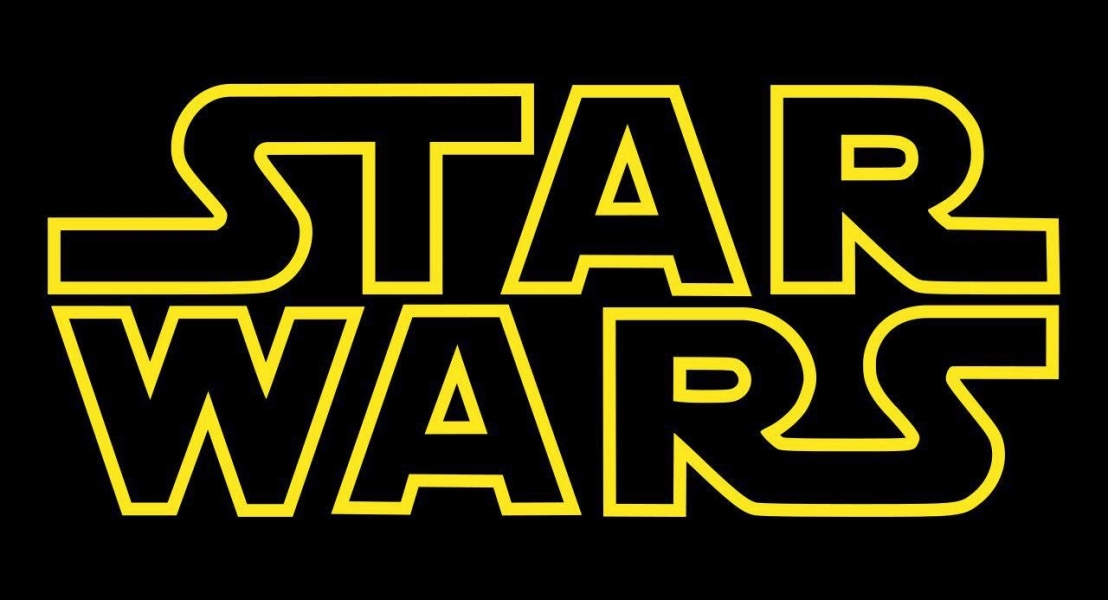
Star Wars was created and filmed by George Lucas in the late 1970s. By that time, Steven Spielberg’s Jaws (1975) had already come out, showing that the audience was ready for mass-market entertainment movies. Still, Lucas’s project was not taken seriously at first. Nobody believed in the success of a high-budget sci-fi flick that did not feature a single well-known actor. But the industry was about to undergo a dramatic change, thanks in no small part to this swashbuckling space opera set in “a galaxy far, far away.”
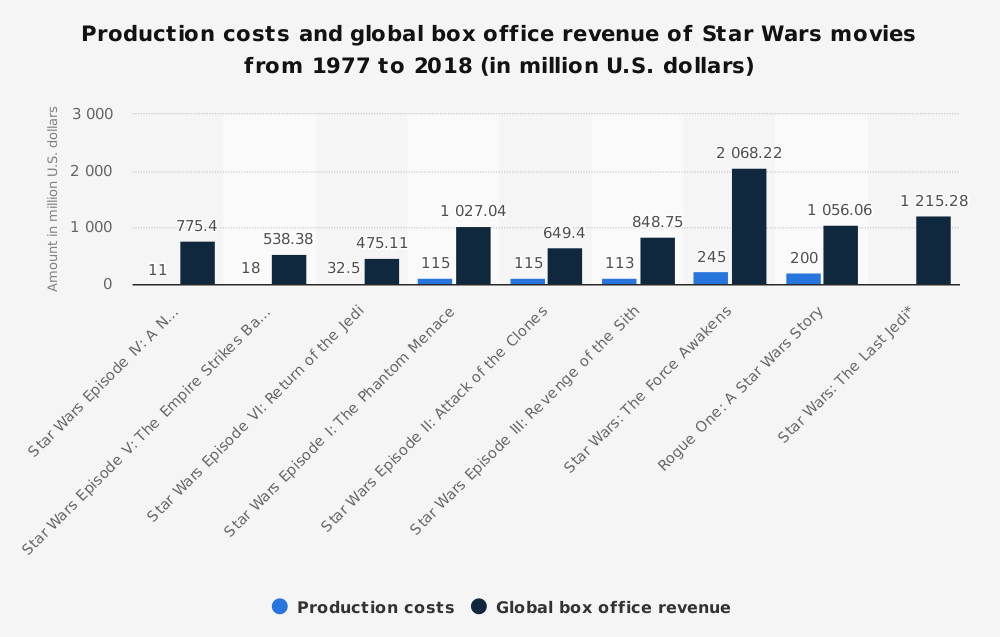
The Twentieth Century Fox studios signed a preliminary contract for the first Star Warsmovie even before the release of American Graffiti (1973), Lucas’s last feature film. Graffiti’s success enabled the director to renegotiate the terms of the Star Wars deal. The budget was increased to $11 million, and Lucas himself acquired the rights to distribute Star Wars soundtrack and other related products. At the time, the merchandise industry was not well developed, and the studio had no problems accepting the director’s demands. Just a few years later, it was clear that Lucas had made a spectacularly successful agreement that would earn him billions. The Star Warsmovies launched a whole universe of products, including books, video games, toys, and more, and became the first franchise to gain multimedia success.
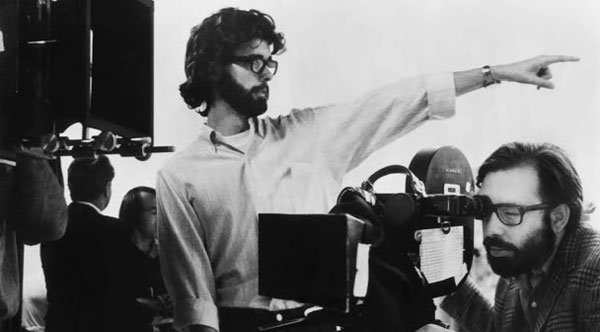
Lucas wanted to make a film for teenagers which, at the time, was almost unprecedented. He began writing the script for A New Hope in 1972 under the influence of Joseph Campbell and Carlos Castaneda. From the latter’s books, he borrowed the concept of the Force – one of the basic elements of the Star Warsuniverse’s mythology – and Castaneda’s Don Juan inspired him to create Obi-Wan Kenobi. As a stylistic basis for the movie’s universe, he took Stanley Kubrick’s 2001: A Space Odyssey (1968) as well as a fantastic TV series about Buck Rogers, while the main story is believed to be a reimagining of Akira Kurosawa’s Kakushi-toride no san-akunin(The Hidden Fortress, 1958). Many other elements were taken directly from real life: the Senate and the Empire were retouched representations of the US Congress and government, the rebel resistance was largely copied from the hippies of the seventies, and the friendship between Luke and Han was based on Lucas’s relationship with Francis Ford Coppola.
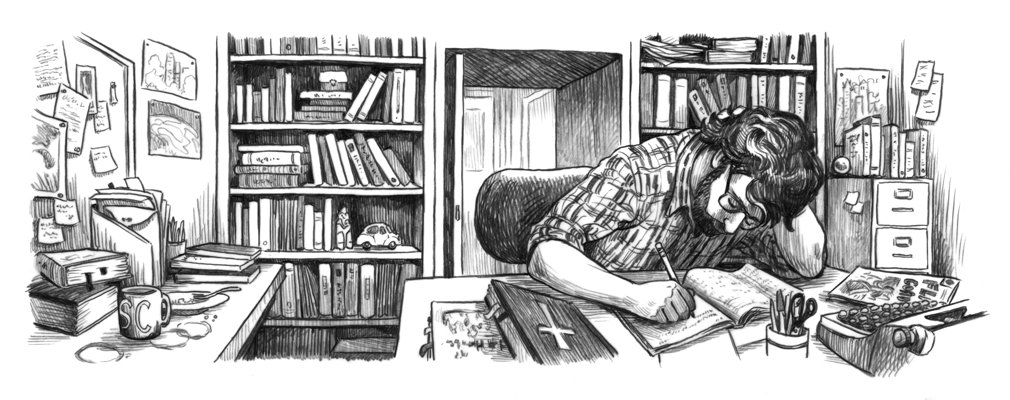
Work on the script went slowly, and, by the end of the year, Lucas had only written 13 pages as he struggled to find the right tone. Some characters’ lines, and even the characters themselves, were cut and reinstated several times. Darth Vader and Obi-Wan, conceived as a single character in one of the original drafts, eventually split into two separate individuals. The Force was divided into good and evil, and Annikin Starkiller became by Luke Skywalker. After two and a half years, Lucas finally finished the script and began preparing to shoot the film. This was no less difficult a test for the director, who was already close to mental and physical exhaustion.
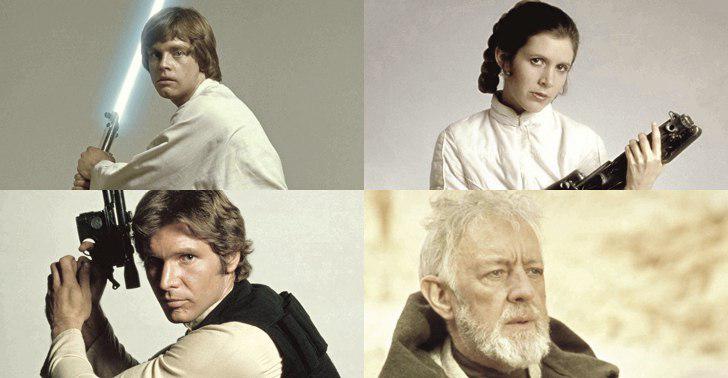
A large-scale casting call for A New Hope was held in Los Angeles. Lucas decided that there would be no stars in the movie – partly to cut expenses and partly to attract new faces. Hundreds of actors were auditioned for the role of Luke Skywalker, but Lucas singled out Mark Hamill, whose clear, youthful face had convinced the director he’d found the hero he needed. Many Hollywood starlets of the time tried to become the movie’s Leia, Jodie Foster and Amy Irving among them, but the role went to Carrie Fisher. Han Solo was going to be played by Harrison Ford, an old acquaintance of Lucas, although several young stars of the seventies competed for the role of the smuggler – from Kurt Russell to Sylvester Stallone. The only actor with a well-known name joining the crew was the Oscar-winning Sir Alec Guinness cast as Obi-Wan Kenobi.
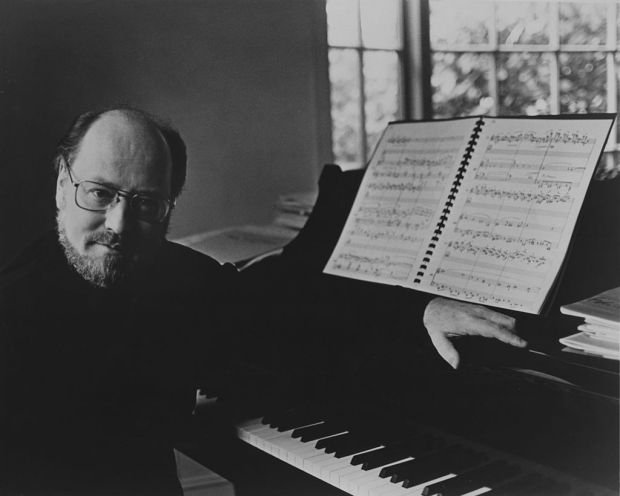
To write the music for the movie, Lucas invited the increasingly popular John Williams. Inspired by the musical score from Kings Row (1942), Williams created the now-famous Star Wars title theme. His soundtrack – magnificent and solemn, gloomy and disturbing – perfectly complemented Lucas’s film and is still considered one of the most recognized in the history of cinema.
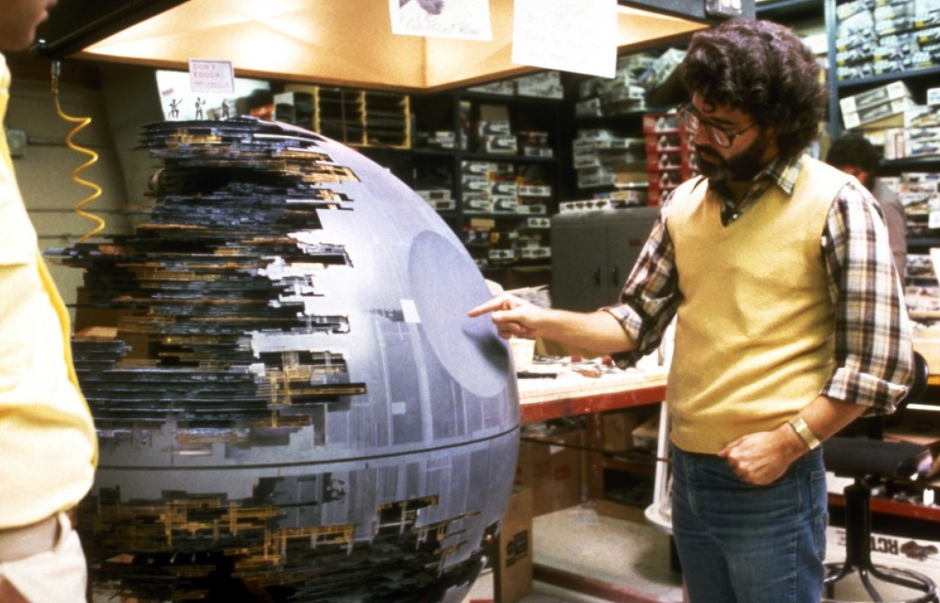
A New Hope was shooting at Elstree Studios, in a London suburb. Everybody involved was skeptical about the final product, to say the least. The actors called the movie a kid’s joke and laughed at the appearance of the props and main characters. The Industrial Light & Magic studio, which was contracted to do special effects for the film, had neither experience nor resources. Before Lucas, no one had tried to make a fairy tale-like space adventure on this scale, and visual techniques had to be invented literally on the fly. The Death Star model, for example, was made of cardboard. And all the events in the final battle were played out by ILM personnel with the help of miniature dolls. Before showing the results to the studio bosses, ILM worked around the clock seven days a week to complete the special effects.
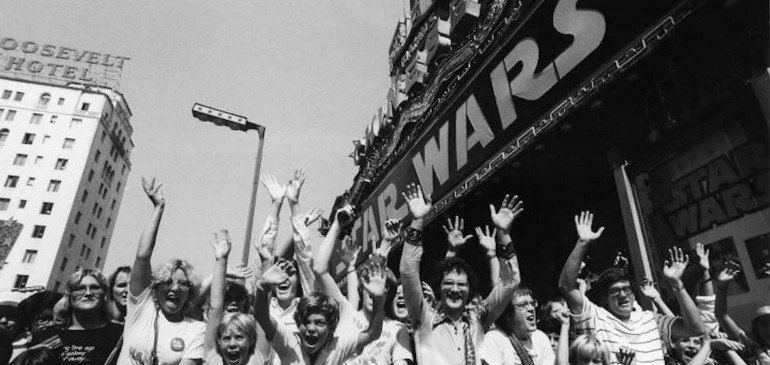
The date is May 25, 1977. Huge lines gathered in front of the nation’s movie theaters. Traffic was snarled, cars drove up from all sides. Many years later, Lucas said it was only then that he realized Star Wars could really become a hit. Never before had a fantasy film have such impact on the Hollywood box office. People resold tickets at exorbitant prices, many went see the movie multiple times. In the first three months, Star Wars surpassed the 100 million dollar mark. By November 1977, it had outscored Jaws at the worldwide box office and became the most successful commercial film in history.
This year, Star Wars fans are eagerly awaiting the release of the latest spin-off – Solo: A Star Wars Story. The new movie follows the adventures of the young Han Solo (played by Alden Ehrenreich) and his faithful partner Chewbacca before Han became one of the best pilots in the galaxy. Now we all can see how he made the acquaintance of Lando Calrissian and got his hands on the legendary Millennium Falcon.